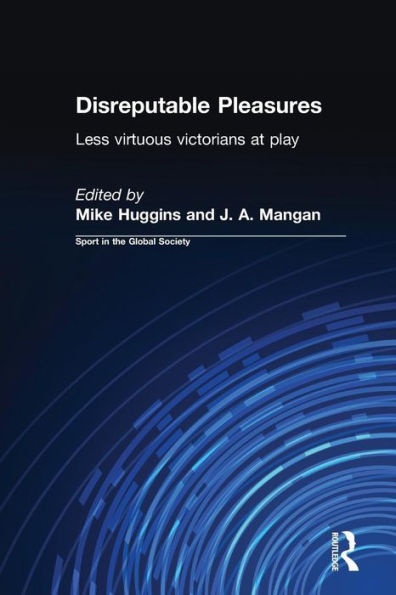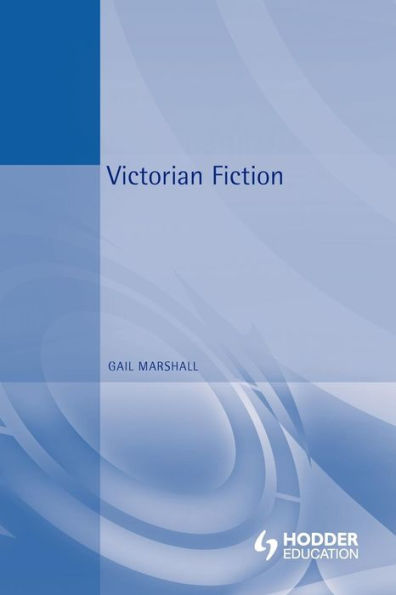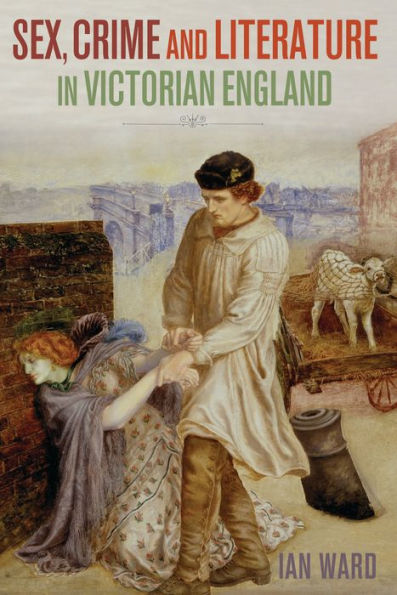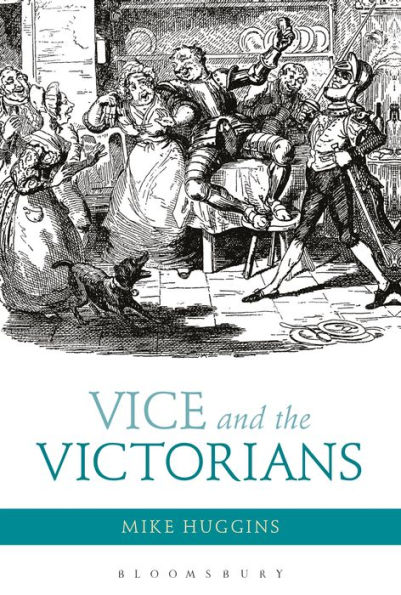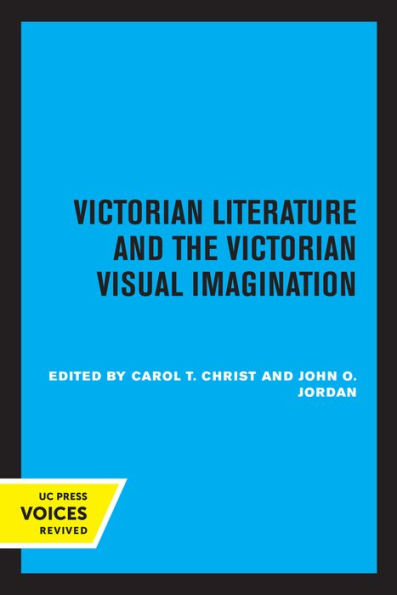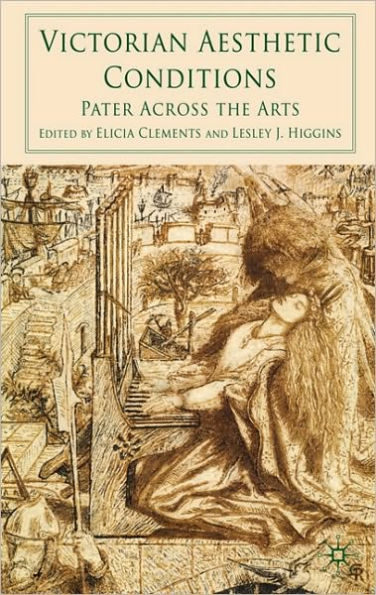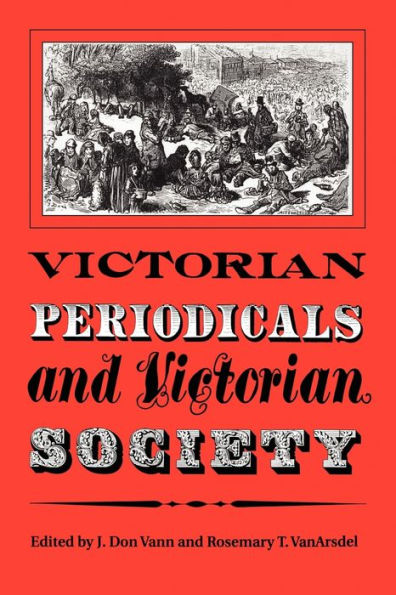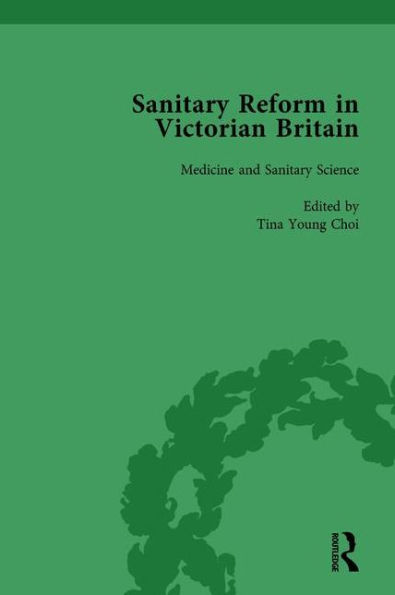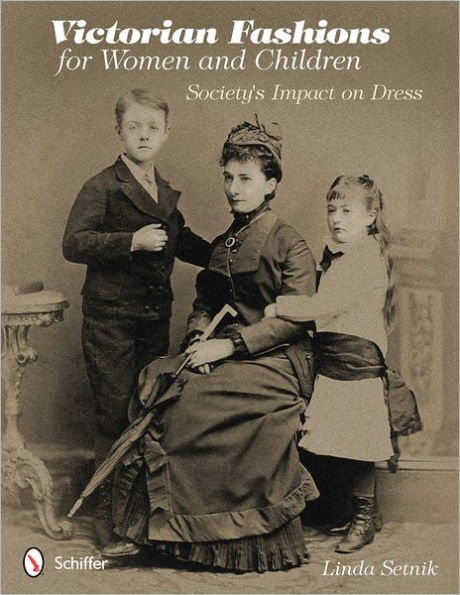Home
Victorians Undone: Tales of the Flesh Age Decorum
Barnes and Noble
Victorians Undone: Tales of the Flesh Age Decorum
Current price: $29.95
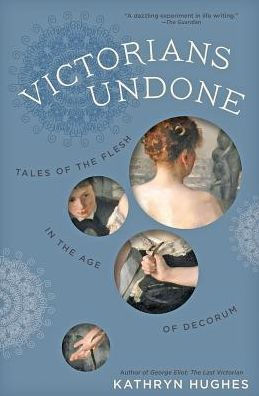

Barnes and Noble
Victorians Undone: Tales of the Flesh Age Decorum
Current price: $29.95
Size: Hardcover
Loading Inventory...
*Product information may vary - to confirm product availability, pricing, shipping and return information please contact Barnes and Noble
In
, renowned British historian Kathryn Hughes follows five iconic figures of the nineteenth century as they encounter the world not through their imaginations or intellects but through their bodies. Or rather, through their body parts. Using the vivid language of admiring glances, cruel sniggers, and implacably turned backs, Hughes crafts a narrative of cinematic quality by combining a series of truly eye-opening and deeply intelligent accounts of life in Victorian England.
Lady Flora Hastings is an unmarried lady-in-waiting at young Queen Victoria's court whose swollen stomach ignites a scandal that almost brings the new reign crashing down. Darwin's iconic beard provides important new clues to the roles that men and women play in the great dance of natural selection. George Eliot brags that her right hand is larger than her left, but her descendants are strangely desperate to keep the information secret. The poet-painter Dante Gabriel Rossetti, meanwhile, takes his art and his personal life in a new direction thanks to the bee-stung lips of his secret mistress, Fanny Cornforth. Finally, we meet Fanny Adams, an eight-year-old working-class girl whose tragic evisceration tells us much about the currents of desire and violence at large in the mid-Victorian countryside.
While 'bio-graphy' parses as 'the writing of a life,' the genre itself has often seemed willfully indifferent to the vital signs of that life—to breath, movement, touch, and taste. Nowhere is this truer than when writing about the Victorians, who often figure in their own life stories as curiously disembodied. In lively, accessible prose,
fills the space where the body ought to be, proposing new ways of thinking and writing about flesh in the nineteenth century.
